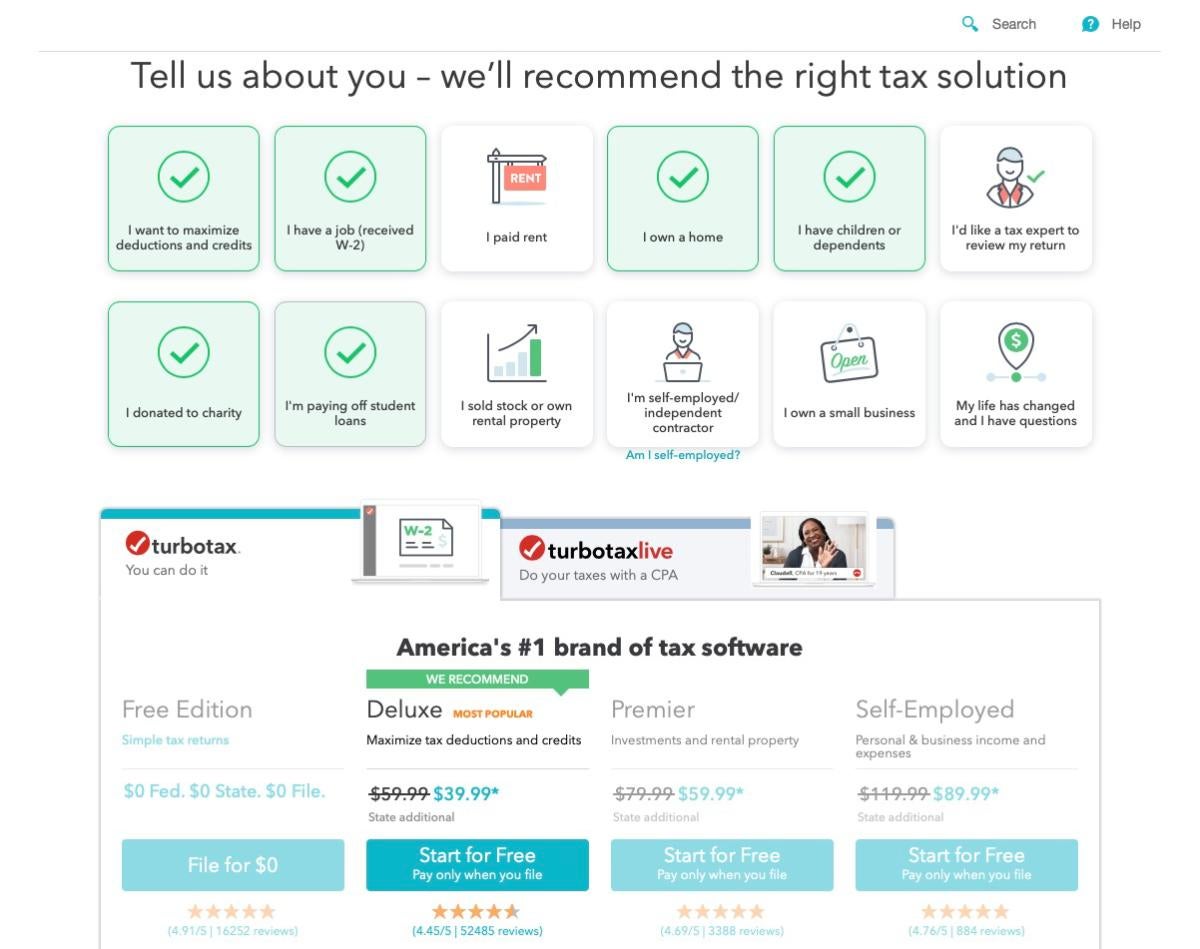
Repair and maintenance expenditures that do not increase the value of your asset, make it more useful, or increase its life. Property that you place in service and dispose of in the same year. The following assets can't be depreciated: Something that wears out, gets used up, or loses its value over time. Used in the business or held to produce income. The asset must meet three requirements in order to be depreciated. This concept of spreading out a deduction over the life of an asset is called depreciation. 
But if you purchase an asset for your business that you will use beyond the current tax year, you must spread out the deduction over the asset's expected life. With an ordinary business expense, you deduct the entire cost of the purchase in that tax year.
 If your business uses the cash-basis method, you can't deduct a worthless receivable as a bad-debt expense because you don't count income until it is received and would not need a deduction to offset the amount not included in your income. To qualify for this tax-saving deduction, though, you must use the accrual method of accounting, which entails booking income when a product or service is sold, for example. It's also possible to claim a bad-debt deduction if someone doesn't pay you for work you performed or products you sold. Loss-You must have sustained a loss because of the debt. Worthlessness-You must prove that the debt is uncollectible and that you attempted to collect it. Without written documentation of the loan, the IRS may treat the advance as a contribution of capital to the business and it will not be deductible. This is particularly important if you lend your corporation money. The best way to establish this relationship is with a written document stating the amount of the loan, interest rate, repayment schedule, etc. Debtor-creditor relationship-There must be a legal obligation for a debtor to pay a creditor a specified sum of money. This type of debt must have the following characteristics: How can something bad be good for you? Easy: If you loaned money to customers, suppliers or employees who never paid you back, you may be able to claim a bad-debt deduction to offset part of your loss. The business part of interest on your car loan. If you're self employed, even if you claim the standard mileage rate, you can also deduct: If the IRS ever audits you, you will need to provide written documentation to substantiate your deduction.
If your business uses the cash-basis method, you can't deduct a worthless receivable as a bad-debt expense because you don't count income until it is received and would not need a deduction to offset the amount not included in your income. To qualify for this tax-saving deduction, though, you must use the accrual method of accounting, which entails booking income when a product or service is sold, for example. It's also possible to claim a bad-debt deduction if someone doesn't pay you for work you performed or products you sold. Loss-You must have sustained a loss because of the debt. Worthlessness-You must prove that the debt is uncollectible and that you attempted to collect it. Without written documentation of the loan, the IRS may treat the advance as a contribution of capital to the business and it will not be deductible. This is particularly important if you lend your corporation money. The best way to establish this relationship is with a written document stating the amount of the loan, interest rate, repayment schedule, etc. Debtor-creditor relationship-There must be a legal obligation for a debtor to pay a creditor a specified sum of money. This type of debt must have the following characteristics: How can something bad be good for you? Easy: If you loaned money to customers, suppliers or employees who never paid you back, you may be able to claim a bad-debt deduction to offset part of your loss. The business part of interest on your car loan. If you're self employed, even if you claim the standard mileage rate, you can also deduct: If the IRS ever audits you, you will need to provide written documentation to substantiate your deduction. Turbotax 2017 home and business ebay registration#
Keep a record of your gas purchases, insurance and registration payments, and repairs and maintenance costs.Try to keep a record of your trips as they occur, when it's easier to keep track of the details. If you decide to deduct your actual expenses, you must keep a log of your trips noting the date, the miles driven, and the purpose of each trip. Automobiles that consume more gas may let you claim a higher deduction using the actual expense method.If you do a lot of driving, then the standard mileage rate method may work better for you.In choosing the method that yields the higher deduction, the number of miles you drive each year is probably the most important factor. If you choose the standard mileage method first, you can switch to actual expenses in a later year.If you choose to deduct your actual expenses in the year you start using your car for business, you can't switch to the standard mileage rate later.


When figuring expenses, you may choose between taking the standard mileage rate (which generally changes every six months to a year), or deducting your actual expenses for items such as gas, oil changes, tires, repairs, preventive maintenance, insurance and registration. If you have a home office, a drive from your home to a supplier and back home again is a 100% deductible business expense. As a small business owner, you can deduct automobile expenses for visits to clients, customers or travel to business meetings away from your regular workplace.








 0 kommentar(er)
0 kommentar(er)
